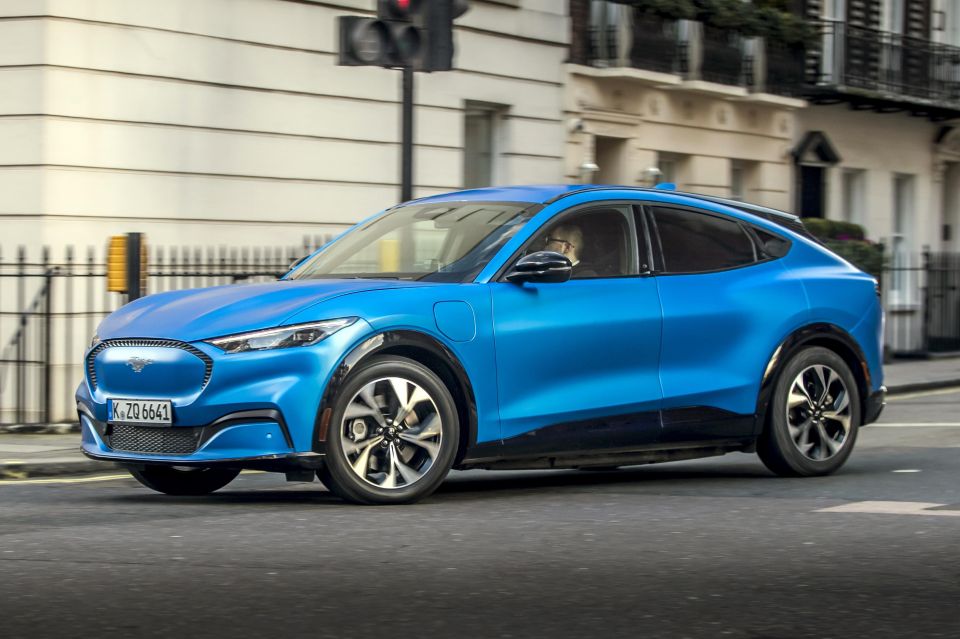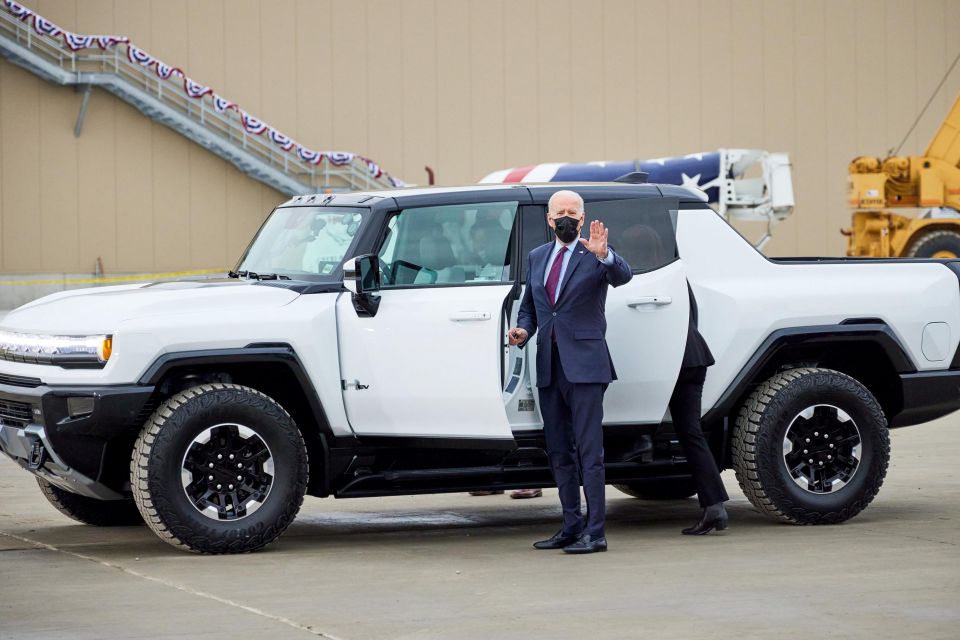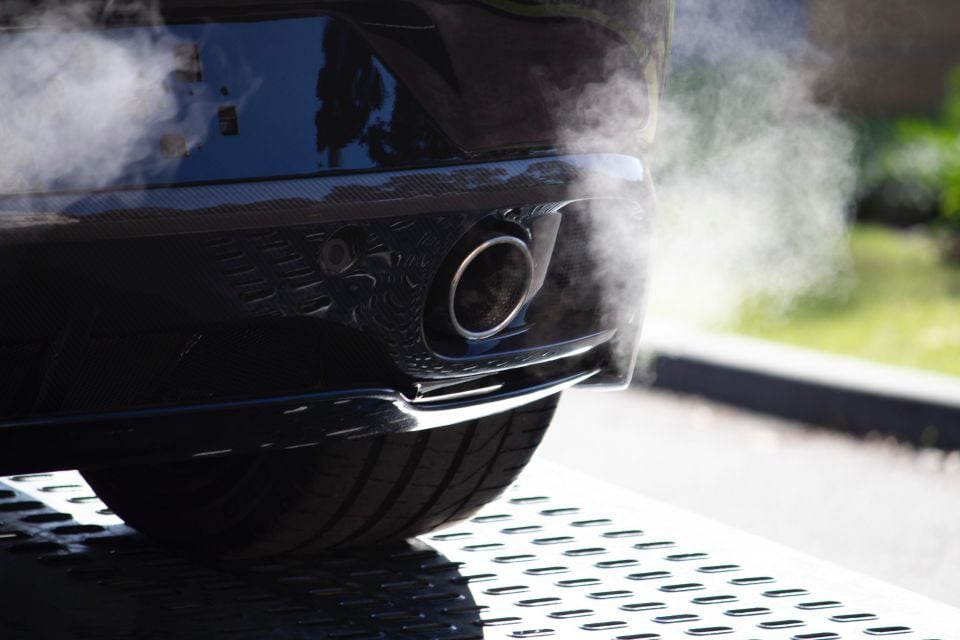

Max Davies
How Audi, BMW, Honda, Mercedes-Benz, and Suzuki started out in Australia, and where they are now
11 Hours Ago
The proposed ban on brand new internal-combustion-only vehicles in the USA's biggest state, from 2035, has been enacted.

Senior Contributor


Senior Contributor
California has followed through on a proposal to require all new cars, pickups and SUVs sold there beyond 2035 to be capable of zero-emissions driving.
Transportation is responsible for approximately 50 per cent of greenhouse gas emissions (when accounting for fuel production emissions) and 80 per cent of air pollutants in California – the US’ most populous state, and one that many others follow.
The massive scale of the California car market will by default ramp-up the output of ZEVs by America’s car brands in particular.
This will not prevent Californians from owning existing petrol- or diesel-powered cars beyond this time, not will it stop them buying or selling them on the used-car market.

The 2035 timeline matches that enacted by the European Union, and interestingly enough the timeline proposed by the Australian Capital Territory.
Governor Gavin Newsom’s proposal from September 2020 was codified this week by the California Air Resources Board (CARB).
The lion’s share of the focus beyond 2035 is on full EVs, though plug-in hybrids (PHEVs) will also make the cut with two major strings attached: they must be capable of 80km of real-world electric-only driving, and comprise no more than 20 per cent of a brand’s total sales.
By model year 2030, the rules also require a vehicle to maintain at least 80 per cent of its electric range for 10 years or 240,000km.

The policy framework progressively ramps up electric vehicle sales requirements from 2026, and will tighten the net over the ensuing decade.
“We can solve this climate crisis if we focus on the big, bold steps necessary to cut pollution. California now has a groundbreaking, world-leading plan to achieve 100 per cent zero-emission vehicle sales by 2035,” said Governor Newsom.
“This plan’s yearly targets – 35 per cent ZEV sales by 2026, 68 per cent by 2030, and 100 per cent by 2035 – provide our roadmap to reducing dangerous carbon emissions and moving away from fossil fuels. That’s 915 million oil barrels’ worth of emissions that won’t pollute our communities.”
Again, in this case ZEVs encompass PHEVs.

California’s government said it would allocate $10b to incentives “to make ZEVs available to the widest number of economic groups in California, including low- and moderate-income consumers”.
There’s currently a $2000 EV payment offered by the Clean Vehicle Rebate Project, but CARB says future rebates will stretch up to $9500. There is also $300 million allocated to more public charging infrastructure.
By 2030, there are expected to be 2.9 million fewer new petrol- or diesel-powered vehicles sold, rising to 9.5 million fewer ICE vehicles by 2035.
By 2037, the regulation is predicted to deliver a 25 per cent reduction in smog-causing pollution from light-duty vehicles.
Government data claims that from 2040, greenhouse gas emissions from cars, pickups, and SUVs in California will be cut in half.
MORE: USA sets 50 per cent electrified vehicle target for 2030 MORE: California banning sale of new petrol and diesel cars from 2035 MORE: EU countries agree to ban new ICE cars by 2035 MORE: ACT banning petrol, diesel car sales from 2035


Max Davies
11 Hours Ago


William Stopford
11 Hours Ago


Derek Fung
12 Hours Ago


Max Davies
19 Hours Ago


William Stopford
1 Day Ago


Ben Zachariah
2 Days Ago